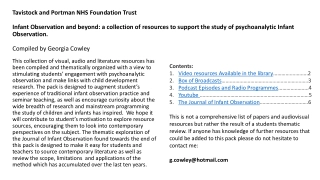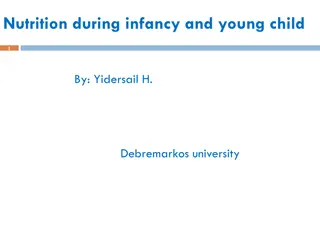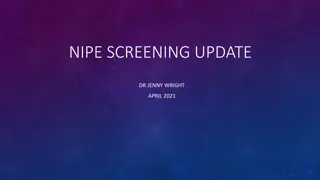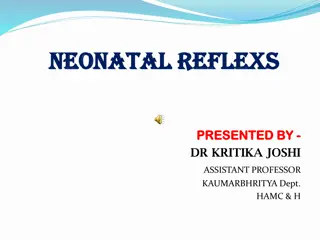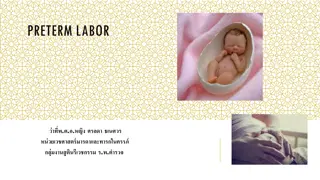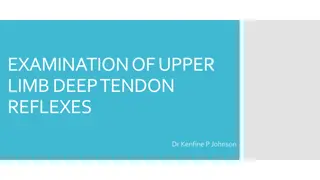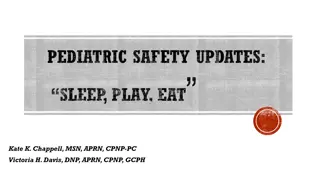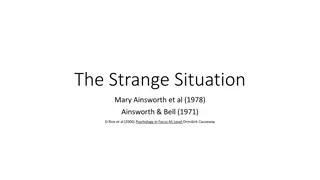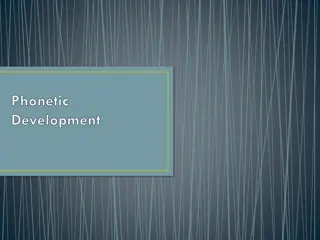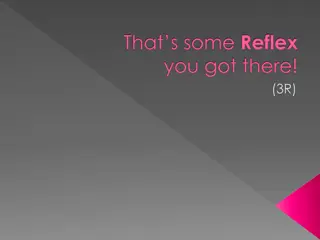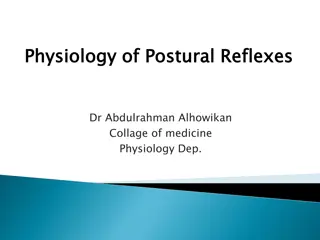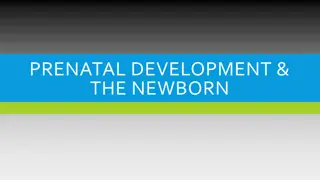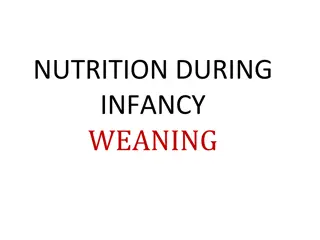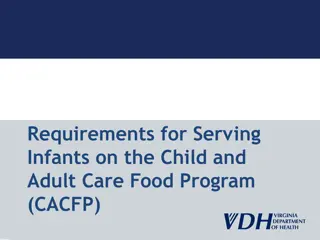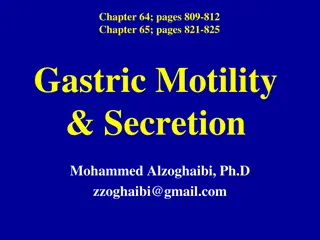Understanding Infant Reflexes and Their Importance in Development
Explore the world of infant reflexes with a focus on assessing, defining, and understanding their significance in children's neuromuscular health. Learn about feeding reflexes, protection reflexes, and more, as well as how to observe and interpret a child's responses to different types of reflexes. Discover when reflexes typically appear and disappear in infants, and their role in early development.
Download Presentation

Please find below an Image/Link to download the presentation.
The content on the website is provided AS IS for your information and personal use only. It may not be sold, licensed, or shared on other websites without obtaining consent from the author. Download presentation by click this link. If you encounter any issues during the download, it is possible that the publisher has removed the file from their server.
E N D
Presentation Transcript
Reflexes Lecturer Assistant Kareem AL-Khafajy
Objectives: 1- Defining of reflexes and mentioned the importance of reflexes assessment in children. 2- Demonstrate how to assess reflexes in infants. 3- Discuss the type of reflexes 4 4- - Explain the child's response to each reflex according to the offered type.
Reflexes Di: It s the set of responses for external Stimuli neuromuscular health Reflexes should be tested at the end of the examination because they may disturb the infant and interfere with auscultation. Reflexes are present at birth and disappear by 9-12 months of age. which give indicator for Kareem AL-Khafajy
Feeding Reflexes Feeding Reflexes 1- Rooting The infant turns his head toward the mother s breast and try to suck when his lower lip or cheek is stroked. Rooting reflex: reflex: Kareem AL-Khafajy
2 2- - Sucking and swallowing reflex The infant moves his lips, mouth, and tongue and shows interest to feed. Present at birth; disappears at 10 12 months. Sucking and swallowing reflex: : Kareem AL-Khafajy
Protection reflexes 1- Startle The Moro reflex, or startle reflex, refers to an involuntary motor response that infants develop shortly after birth. A Moro reflex may involve the infant suddenly splaying their arms and moving their legs before bringing their arms in front of their body. As a response of sudden sound or movement. Startle reflexes or reflexes or M Moro reflex: oro reflex: Kareem AL-Khafajy
2- Coughing reflex: Coughing reflex: Coughing is an important defensive reflex that enhances clearance of secretions and particulates from the airways and protects from aspiration of foreign materials occurring as a consequence of aspiration or inhalation of particulate matter, pathogens, accumulated secretions, postnasal drip, inflammation, and mediators Kareem AL-Khafajy
3 3- - Sneezing reflex Sneezing reflex Sneezing is a protective reflex, and is sometimes a sign of various medical conditions. Although sneezing is a protective reflex response, little else is known about it. A sneeze is expulsion of air from the lungs through the nose and mouth, most commonly caused by the irritation of the nasal mucosa Kareem AL-Khafajy
4 4- - Gaging reflex: Gagging is a reflex action that helps to prevent choking. It can be triggered by fingers, food, a spoon or toys touching the back of the mouth. The gag reflex diminishes at around 6 months of age coinciding with the age at which most babies are learning to eat solid foods. Gaging reflex: Kareem AL-Khafajy
5- Blinking eyes reflex: Tested by the touch of eyelashes by cotton or other object. The child experiencing more frequent eyes blinking 6- Yeaning reflex: Occur due to deficiency of oxygen in the cells Kareem AL-Khafajy
Motor reflex 1 1- -Tonic neck reflex The tonic neck reflex is often called the fencing reflex. When your baby is lying down and their head is turned to the right or left, the corresponding arm extends while the other arm bends next to their head. This makes them look like they're about to start fencing. Motor reflex Tonic neck reflex Kareem AL-Khafajy
2 2- - Grasping reflex An object is placed in the infant s hand, and the infant s fingers close to grasp the object. Grasping reflex:
Plantar against the ball of the infant s foot, Toes flex tightly down in a grasping motion. Plantar grasp: grasp: Place a thumb firmly
3- Babinski reflex Babinski reflex is one of the normal reflexes in infants. Reflexes are responses that occur when the body receives a certain stimulus. The Babinski reflex occurs after the sole of the foot has been firmly stroked. The big toe then moves upward or toward the top surface of the foot Kareem AL-Khafajy
4 4- - Dancing the infant s feet touch a flat surface, and he attempts to walk by placing one foot in front of the other . Dancing (or (or stepping) stepping) reflex: reflex: The soles of


